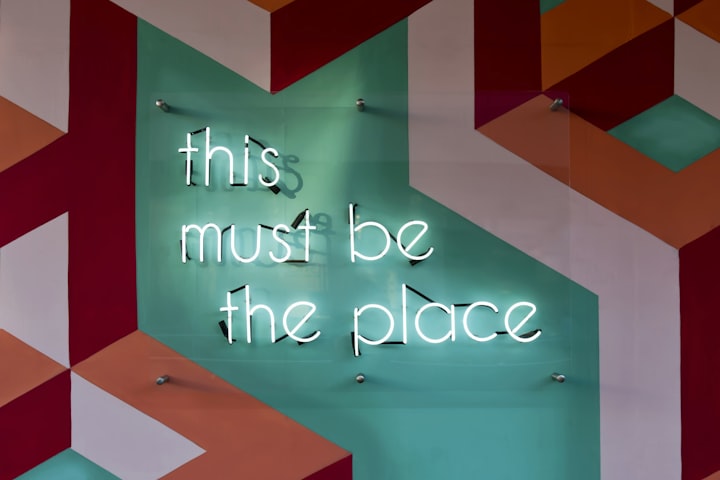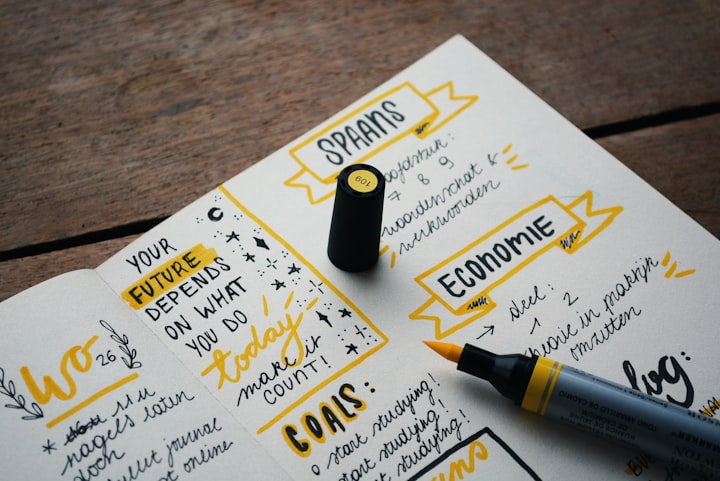Work-Life Balance
Strategies for achieving a healthy balance between work and personal life commitments.

In today's fast-paced and demanding world, achieving a healthy work-life balance has become increasingly challenging. Juggling professional responsibilities with personal commitments can often leave individuals feeling overwhelmed, stressed, and disconnected. However, by implementing effective strategies and learning from real-life experiences, it is possible to create a harmonious and fulfilling equilibrium between work and personal life.
One crucial strategy for achieving work-life balance is setting clear boundaries. This involves establishing dedicated time for work and personal activities and respecting those boundaries. By defining specific work hours and designating uninterrupted time for family, hobbies, or self-care, individuals can create a structured framework that ensures both aspects of their lives receive the attention they deserve.
Consider the real-life example of John, a dedicated executive who often found himself working long hours and sacrificing personal time. He realized the toll it was taking on his relationships and overall well-being. John made a conscious decision to set boundaries by leaving work at a reasonable hour and dedicating quality time to his family and personal pursuits. This shift not only improved his relationships but also enhanced his productivity and job satisfaction.
Another valuable strategy is prioritization and effective time management. Understanding and focusing on tasks that truly matter can help individuals make the most of their time and prevent burnout. By identifying priorities and organizing tasks efficiently, individuals can allocate time for both work and personal activities, ensuring that important aspects of their lives receive the attention they require.
Take the example of Sarah, an entrepreneur who struggled to balance her thriving business with her personal life. Sarah adopted a systematic approach to prioritize her tasks and delegate responsibilities where possible. By categorizing tasks based on urgency and importance, she was able to allocate dedicated time for her work and personal commitments. This approach allowed her to maintain a healthy work-life balance while continuing to grow her business.
Flexibility and the ability to adapt are also key elements in achieving work-life balance. Embracing flexibility means recognizing that circumstances and priorities may change over time. It involves being open to adjusting schedules, exploring alternative work arrangements, and seeking support when needed. By embracing flexibility, individuals can navigate unexpected challenges and maintain a sense of balance in the face of evolving demands.
Consider the story of Michaela, a working mother who faced difficulties managing her demanding job and her responsibilities at home. She approached her employer to discuss the possibility of flexible work hours and occasional work-from-home arrangements. With the support of her employer, Michaela was able to design a schedule that allowed her to be present for her children's important moments while fulfilling her professional obligations. This flexibility not only improved her work-life balance but also strengthened her commitment and loyalty to her employer.
Additionally, self-care and prioritizing personal well-being are essential components of achieving work-life balance. Taking care of one's physical, mental, and emotional health is vital for sustained productivity and overall satisfaction. Engaging in activities that promote relaxation, exercise, mindfulness, and healthy relationships can significantly contribute to a sense of balance and fulfillment.
Consider the case of David, a high-performing executive who realized the importance of self-care after experiencing burnout. He incorporated regular exercise, meditation, and quality time with loved ones into his routine. These practices helped him recharge, reduce stress levels, and maintain a healthy work-life balance.
It is worth noting that achieving work-life balance is a continuous process that requires regular evaluation and adjustments. What works for one person may not work for another, so it is essential to find strategies that align with individual preferences and priorities. Regularly reassessing commitments, seeking support from loved ones, and being willing to make changes are essential for long-term success in maintaining a healthy work-life balance.
In conclusion, achieving a healthy work-life balance is an ongoing journey that requires conscious effort and commitment.
About the Creator
Ogbelusi Ebenezer Oluwapelumi
Edu-Lore
Am Pelnez
EduLore is more than just an educational platform—it's a catalyst for intellectual growth and inspiration.





Comments
There are no comments for this story
Be the first to respond and start the conversation.